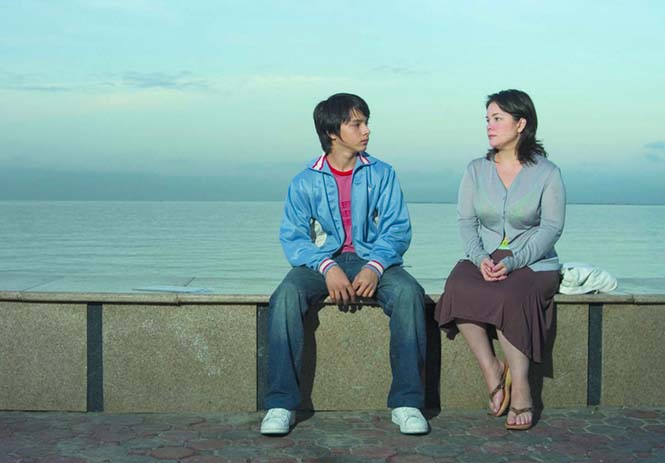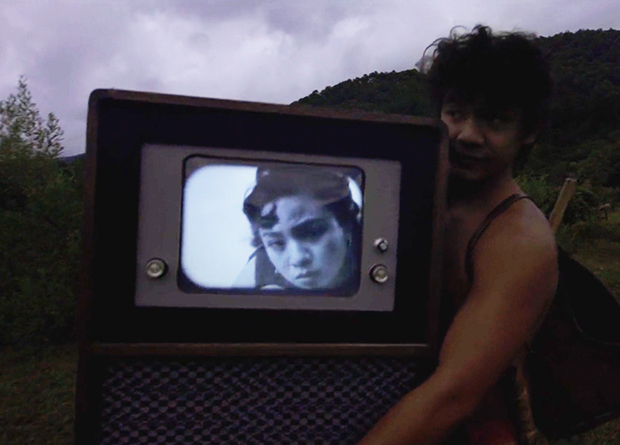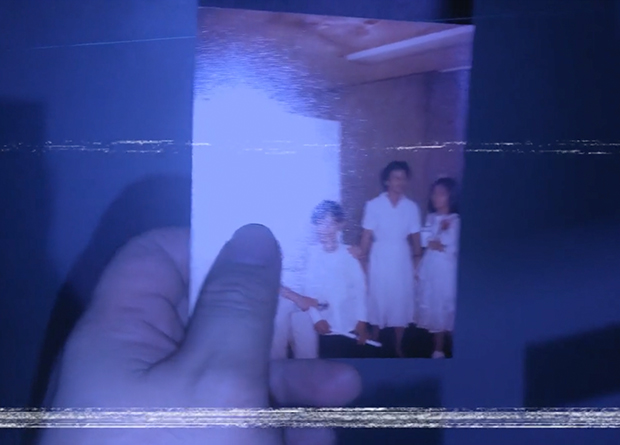Coming of age stories aren’t rare; in Cinemalaya 2019 alone, films like ANi (The Harvest) and, yes, Edward belong to this genre.
So I asked John Paul Bedia (who did the screenplay with
director Thop Nazareno) what makes this different film, and he said it’s the
context (well, of course). “It isn’t just a coming of age story,” he said, “but
is also about the public healthcare system in the Philippines.” In my head,
therefore, we have one that attempts to be Cinema
Paradiso but in a hospital (not in a cinema); or – to make this analogy more
local – Liway but in a hospital (not some
jail).
The challenge, obviously, is whether Nazareno can pull this off (particularly that its contemporary, ANi/The Harvest, grandly failing here for me).
And I’d say it did… to a certain extent.
WHAT IT’S ABOUT
A teenager – Edward – is looking after his ailing father in a public hospital. An elder half-brother at first supported them, but he was eventually left alone to fend for himself and their sickly father. And just as the father’s sickness progresses, Edward changes/evolves/grows into a man, learning responsibility, falling in love (and lust), dealing with death, and so on…
WHY WATCH IT
There are lots to like about this film.
The story is, yes, simple. But that’s exactly why this is able to somewhat work; it didn’t want to be everything for everyone…
There’s the film’s attempt to give a commentary on something that’s current – i.e. how fucked up the country’s existing healthcare system is. And so we have quips from lacking nurses to doctors who (because they aren’t earning enough here anyway) opt to just migrate to lab tests that take lots and lots of time (sometimes with patients already dying/dead) before they are received for analysis.
That the cast (including Louise Abuel, Dido dela Paz, Elijah Canlas, Manuel Chua and Ella Cruz) can actually carry their weight in front of the cam is a blessing. Don’t expect Central Park level of acting; but here, the grandpa’s coughing, for instance, is “realistic” enough to make you actually believe in TB. Forget the furtive glances given by the (self-conscious) extras to the cam; the acting here’s not bad.
Production was, generally, okay. Don’t expect that feeling of doom/gloom in One Flew Over the Cuckoo’s Nest or even Girl, Interrupted. Instead, particularly with the earlier shots, expect attempts to be more E.R.-like, or – say – Grey’s Anatomy. Using handheld cam while following a doctor go from one patient to another, for instance, gives not only that sense of urgency, but also provides a glimpse on how tiring/taxing it can be/get.
The production team included: Kara Moreno (cinematography); Alvin Francisco (production design); Thop Nazareno (editing); Pepe Manikan (original music score); and Immanuel Verona (sound).


WHY AVOID IT
But this film is NO Cinema Paradiso or Malena or The Breakfast Club or Almost Famous or even To Kill a Mockingbird.
Having charm, after all, does automatically mean one won’t have flaws…
Lacking character development.
There are times when I was left asking: How did it get to that again?
For instance, Edward himself said he NEVER had any relationship with his father. But his father only had to tell him: “Mana ka sa akin (You take after me)”, and – VOILA! – we’re supposed to believe that they’re besties.
Then there’s Agnes (the love interest), who was just given to us so Edward could have sexual maturity. We don’t even know what she’s in the hospital for; and this is a BUMMER considering that – HELLO! – the film is set in a hospital. She’s but a disposable addition with no story we can identify with; and as such, we could actually do away with her (I suppose if only some of the nurses ACTUALLY looked good and desirable…).
Leading elements.
For instance, a vendor in front of the hospital JUST HAD TO SELL SOCKS. You were certain that at some point in the film, this element was going to be used; and, true enough, Edward went to buy a pair for Agnes.
And then – I can’t stress this enough – there’s Agnes, who was there just so Edward can start talking about his “damulag” (referring to his dick).
Those dark, dark shots.
The film opens with the VIVA Films logo because – obviously – this was backed by the entertainment industry giant. This is worth mentioning because when I saw those dark shots (e.g. while Edward was drinking beer with his friend outside the hospital), all I could think of was: Couldn’t they have borrowed one good camera for the night shots from VIVA Films? Even just for one day of shooting all those dark scenes!
This want-to-be-realistic and then ending up as wanna-be-fantastical.
If you are familiar with the problems in jail management in the Philippines (and how this was aggravated by the “war on drugs” of the Duterte administration), then you’d be familiar with those bird’s eye view shots/photographs of swamped jails, where prisoners are sleeping almost on top of each other. Nazareno had similar shots; sad yet poetically beautiful. And then– get this! – Edward stole a corpse and got away with it. This creation of “forced” conflict just to make the film more “exciting” is cheap; reminiscent of Argo that had to rely on the same trick, as if the material isn’t good enough so that they have to make something “grand”, no matter how fake this portion is…

IN THE END
As a coming of age story, this isn’t too bad. Particularly if you’re willing to forgive its (well, numerous) flaws. This is no Cinema Paradiso or Malena or Ang Pagdadalaga ni Maximo Oliveros or Liway or… you get the point. The thing is: It more than suffices.



























































































